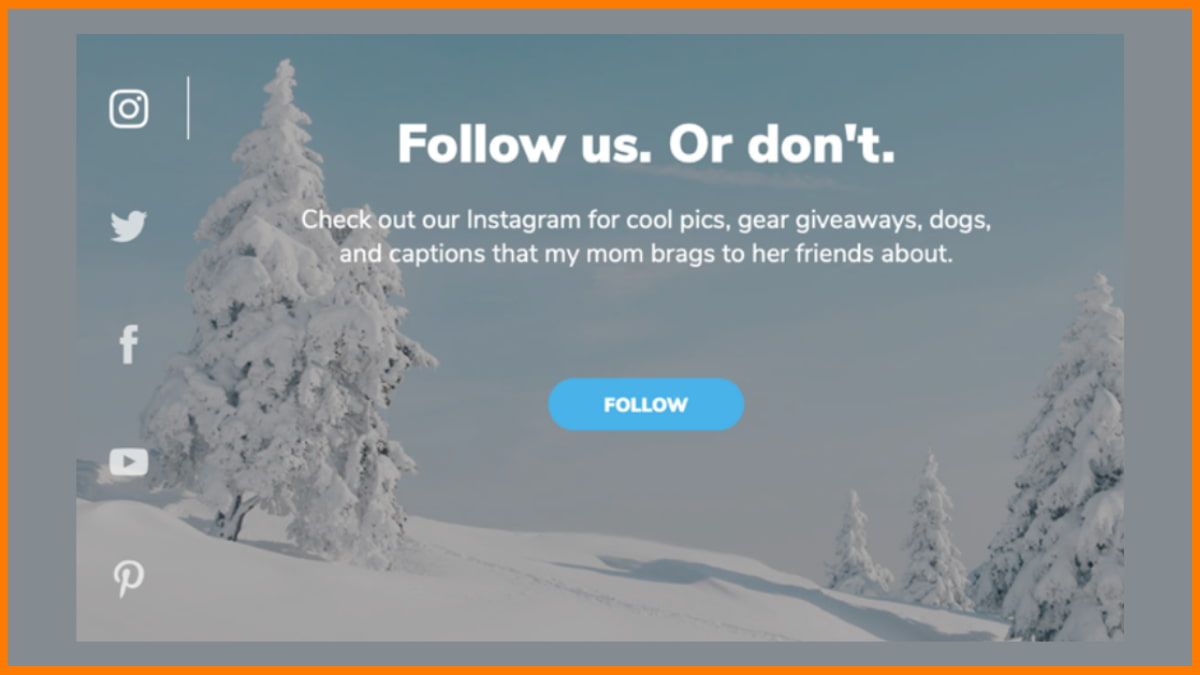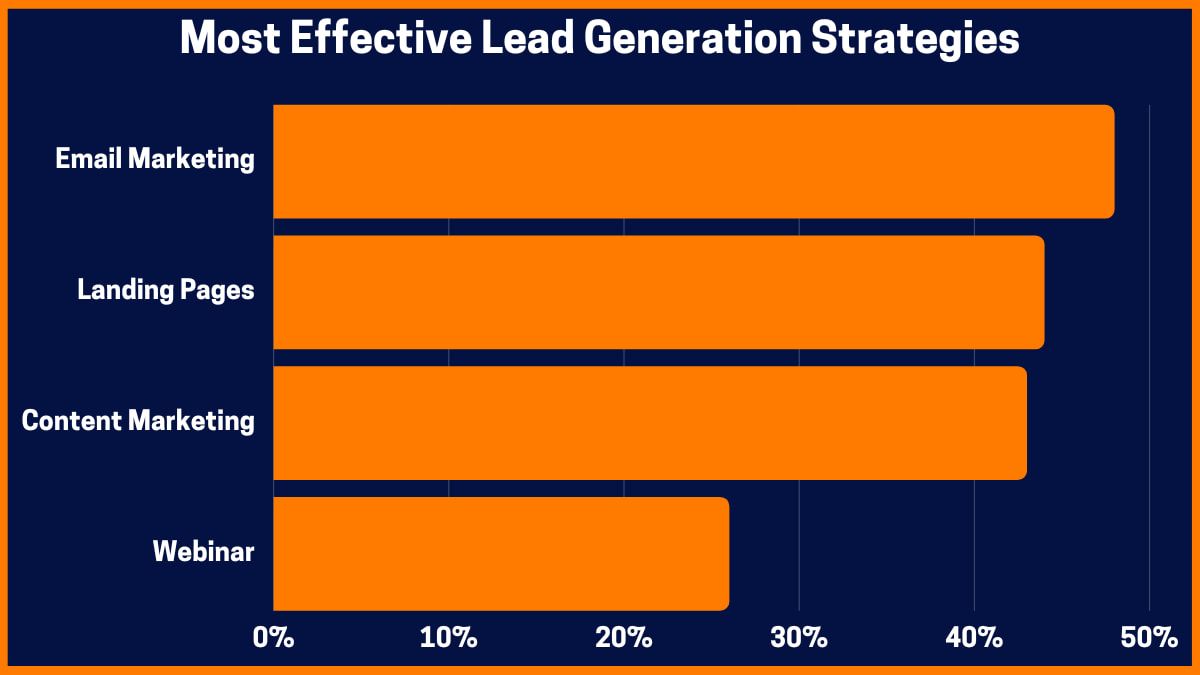The article is authored by Nishit Nanda – CEO, Youlry.
Where once, jewelry was seen as an important part of daily rituals – later evolving into something of a political statement, late-stage modernity sees it through the lens of the personal. Which begs the question – how do you sell something intimate to the body and to the wearer that by its very nature, distances itself from a physical experience, while keeping it authentic at the same time? The crux of it all – selling jewelry online with its virtual carts and anticipation is still undergoing a learning curve. Especially for brands in India where digital is in its infancy when it comes to the consumer experience journey.
Designer or not, the value of its parts requires fine jewelry to be expensive. However, beyond product merit, brands are now in the race to create other forms of value that are more evolved for the current crop of target groups
The luxury market and specifically fine jewelry arrived fashionably late to the online retail space in 2018. For a lot of legacy brands that were trend adopters rather than trendsetters, the main reasoning for this delayed entry was the flawed reasoning that online would be detrimental to brand image, leading to the loss of a certain touch-and-feel immersive experience of brick and mortar high street stores. This was all taken down a notch as 2019 saw luxury brands committing to evolving their hunting grounds despite a slowing global economy, to win over Millenials and Gen Z. As far as fine jewelry was concerned, the emergence of an omni-everything strategy seemed imminent.
Why omni-everything? Because, compared to omni-personal, omnichannel is the easier stop-gap. While omnichannel comes with a checklist: seamless customer experience, consistent point of contact etc. omni-personal is what distinguishes the haves from the have-nots. It is the secret sauce that seeks to understand consumer desire across categories which is where digital joins forces to create a balance of personalization, privacy, accessibility, and security with dedicated soft touches that are luxury-ready. To say the least, this is more important than ever in a post-pandemic world where brands were thrown into a tailspin because of market flux and supply chain disruptions.
A big shift nonetheless, increased online shopping has led to a mass quickening of trust across segments and fine jewelry is no exception. If the pandemic taught us anything, it is that in the face of crisis, consumers chose accessibility, value, and convenience control over brand loyalty – all factors that had retailers needing a new way of doing business to stay relevant.

As the retail landscape reinvents itself, some of the omni-personal strategies tried and tested to prove successful are:
Being Agile
Adapting retail strategy through social listening is a good starting point. Which is how born-on-the-cloud brands have begun their personal journeys in the consumer mindscape. Unlike most legacy brands that hurried to become relevant, new-age luxury brands are redefining the term “presence” itself to create likeable, relatable, and aspirational appeal for a consumer segment whose tastes evolve very quickly. In an era of highly informed consumer behaviour, adapting consistently is crucial to brand form. It showcases a brand’s inner ability to swiftly meet the end-to-end needs of shoppers with a digital response rate that is instant – especially when it comes to content creation, deployment, and response.
Making Data Relevant
Like Moses, parting the red sea of dirty data – irrelevant information can be quite daunting. This is why it is very important to understand how to utilise data in a meaningful way to avoid ill-targeted marketing communications that hinder personalized shopping experiences in a segment that is high value, high risk, high investment and high emotion. After all, the whole premise of purchasing jewelry whether online or offline is based on trust which needs to be reinforced digitally – a crucial requirement for omni-personal marketing.
Building Relationships
Personalising individual shopping experiences while providing superior end-to-end service is not easy within B2C.
Bridging the digital divide with a human touch, and solving logistical, communication or inventory hurdles in a more likeable and personalised manner is crucial. Sometimes this could mean taking on certain losses that will even out in the long run with gains made in the form of trust, reliability and service quality for creating an exceptional lifetime customer value.
Adopting an Omni-approach
Shoppers need a wealth of choices and integration – including but not limited to product catalogues, purchase execution, delivery etc. This is where omnichannel disrupts the traditional sales funnel in exchange for a more personalised, non-linear route that stands for individual choices in terms of brand discovery, research, payment and after-service along with post-purchase. It is a human touch strategy and evolved retail strategy that places the consumer at the centre of a changing landscape.
Conclusion
Ultimately it is the responsibility of brands to understand that they do not determine what the customer wants and instead, are there to fulfil evolving consumer needs with a sound strategy across design, development, sales and marketing. In an era that no longer worships commodities or brands but the consumer, it is important to remember that only the personal is personable.















































